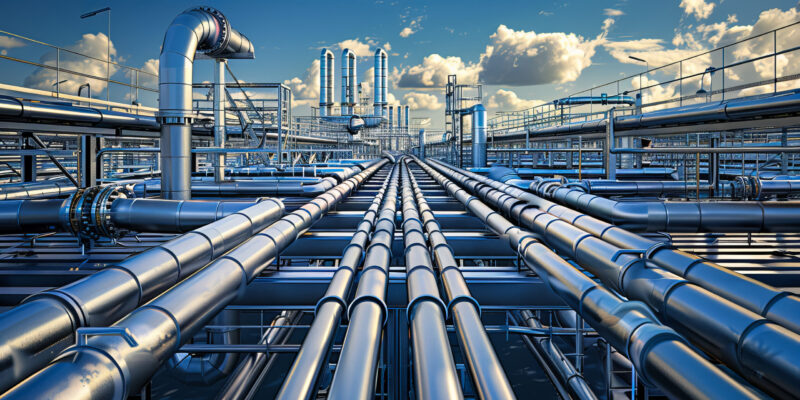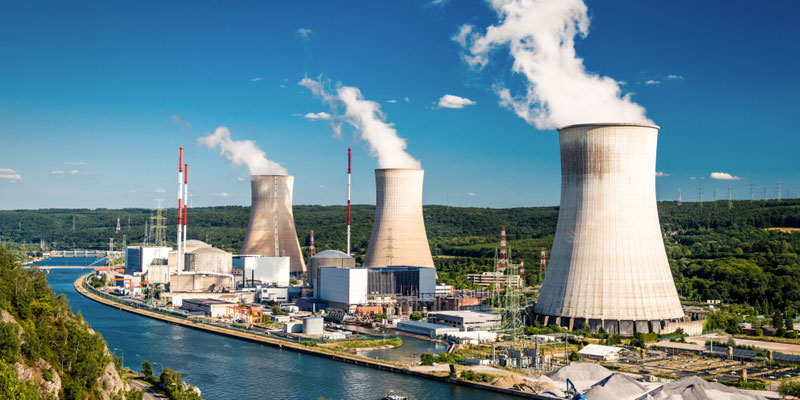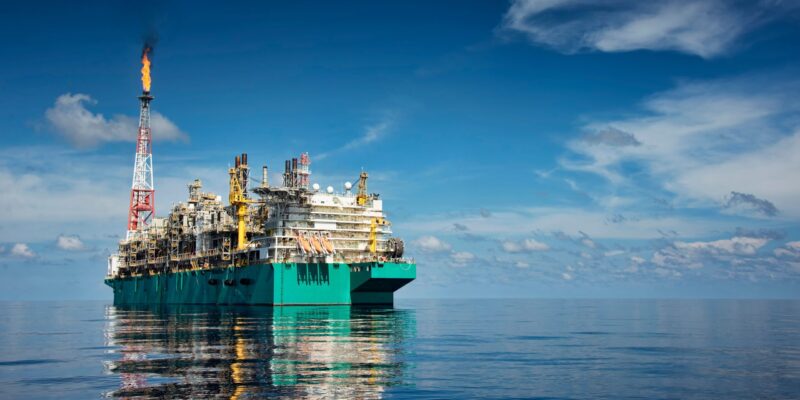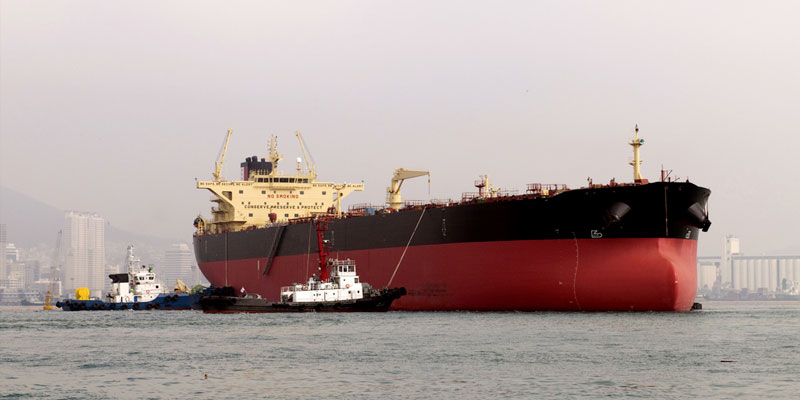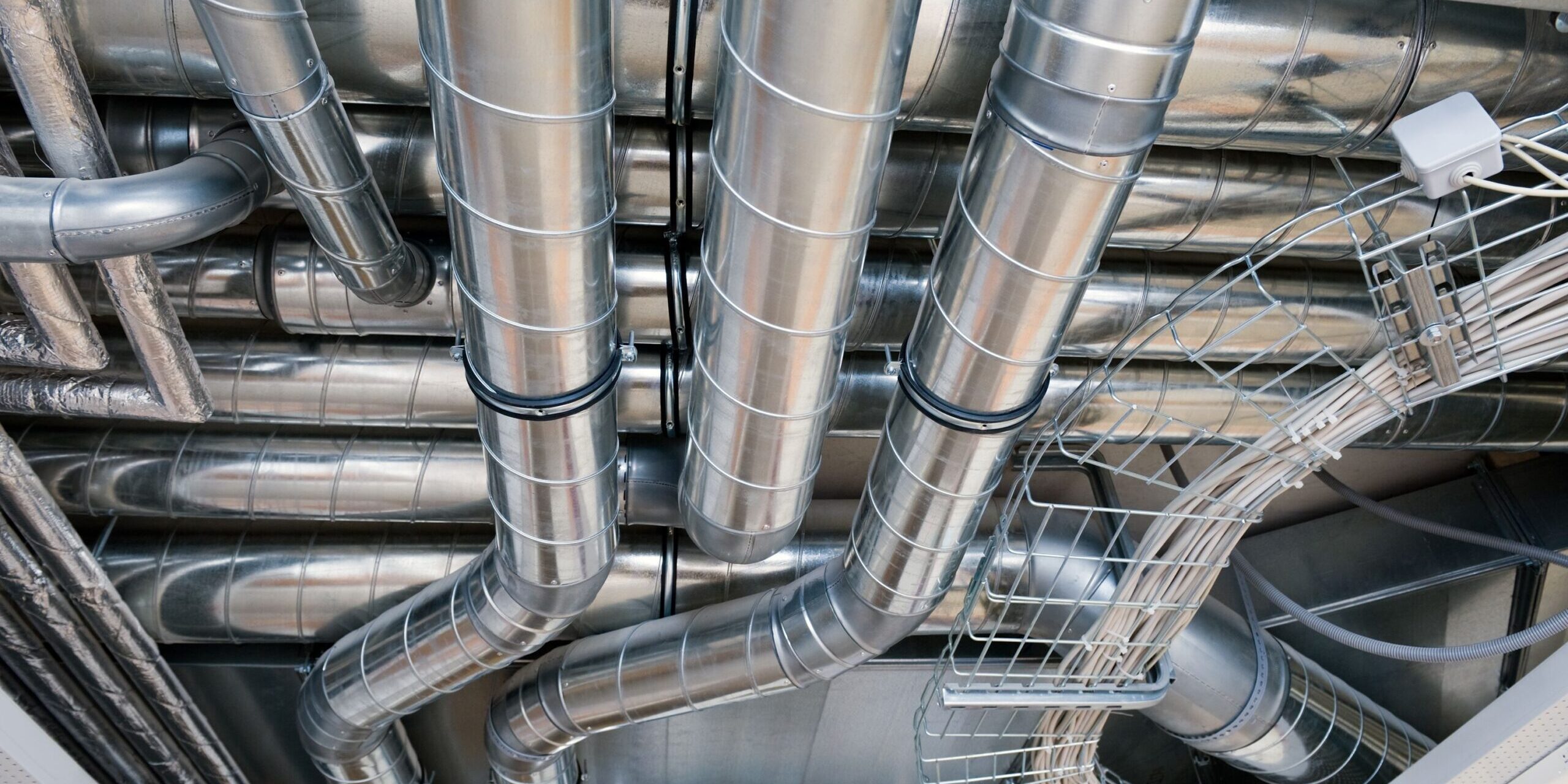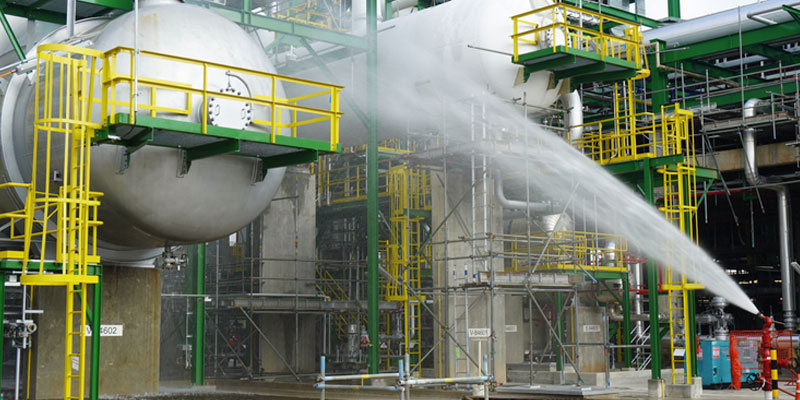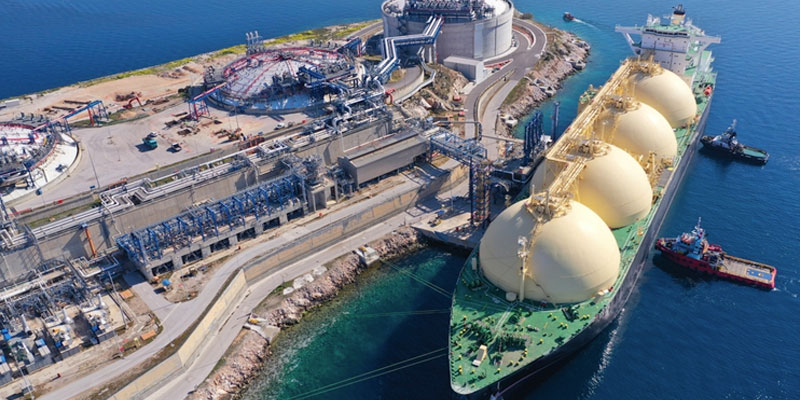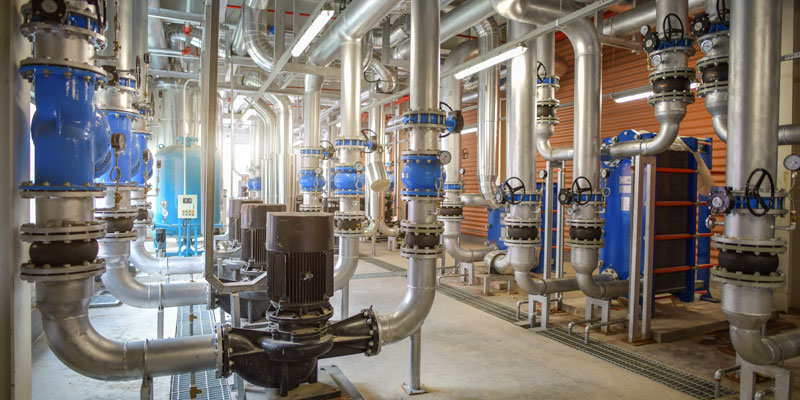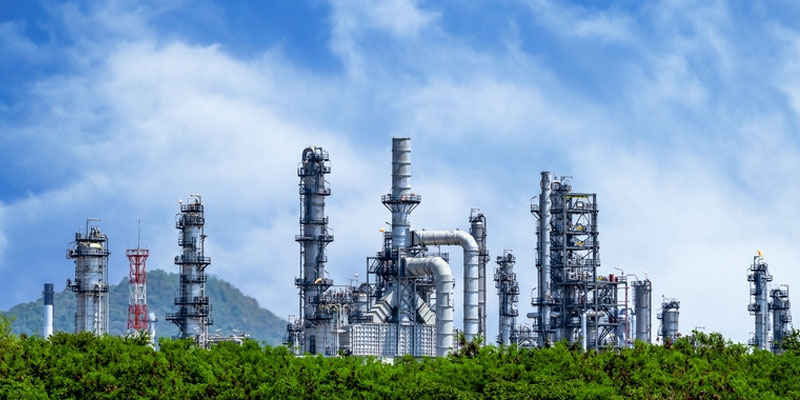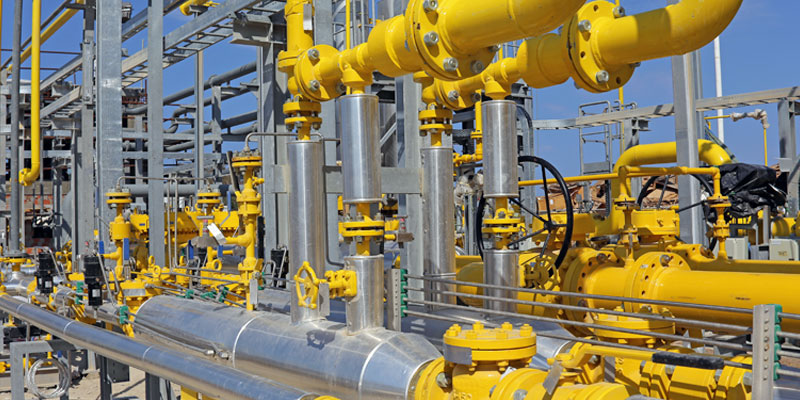PIPENET Spray/Sprinkler – Advanced Topics – free training webinar
27 January – 3 February 2022
We are pleased to invite you to PIPENET Spray/Sprinkler – Advanced Topics – free online training webinar.
27 January – 3 February 2022
PIPENETSpray/Sprinkler module is the global leader and standard software for hydraulic analysis of fire protection systems in accordance with NFPA rules. It is trusted and specified by the key players in the oil and gas, petrochemical, power generation and shipbuilding industries around the world. PIPENET Spray/Sprinkler module is engineers’ first choice when they need to design complex, thousand-pipe networks fast, accurately and efficiently.
At the webinar, we will consider various aspects of modelling fire-protection systems: pumps, virtual nozzles and when to use them correctly, combining simpler networks from a few different projects into one larger network, loops and high points, blocks and breaks, debottlenecking technics and Autolayout.
For your convenience, the webinar will be held on a number of days, in various time zones. The session will be recorded to allow all those who have no possibility to join to watch the session at a later time.
We look forward to seeing you online soon!
PIPENET Spray/Sprinkler – Advanced Topics
Webinar agenda:
1.Pumps: Why are there three options for pump curves? What do degeneration factors mean? How can we estimate required pump sizes? How do I switch pumps on/off?
2. Virtual nozzles for deluge systems: What is the advantage of using them? When must we avoid using virtual nozzles? How to model systems using elastomeric deluge valves? How can we switch on/off banks of nozzles?
3. Combining sub-systems: Why are firewater ring mains and deluge systems modelled separately? Why is it important to combine sub-systems to create a global system? What preparatory work must I do for combining sub-networks? How can I use copy/paste to create networks quickly?
4. Loops and High Points: What tools does PIPENET offer for eliminating elevation errors? When is it important to input high points in a single pipe?
5. Block and Break status in pipes: What is the purpose of block and break? Why does block sometimes lead to failure to calculate? Why may I wish to use break? What is the accurate way to model a break?
6. Debottlenecking techniques: Sorting. Colouration. Creating and using a path.
7. Autolayout

